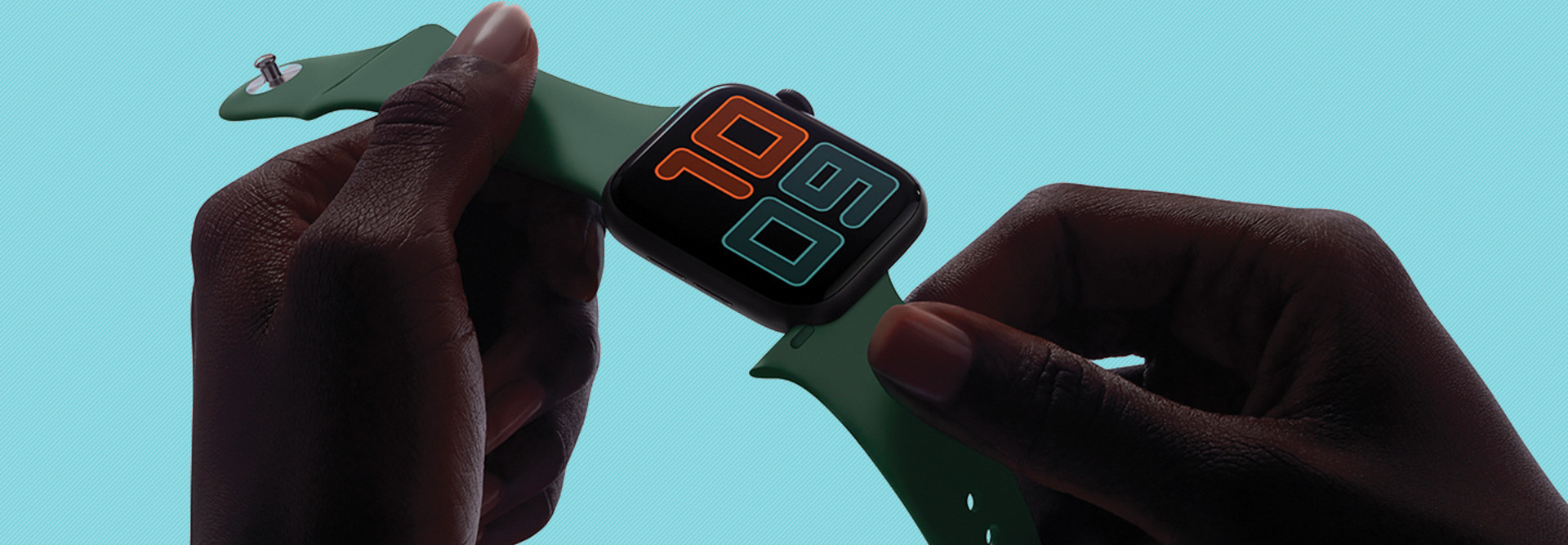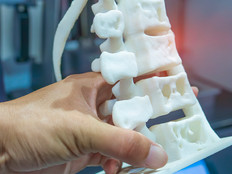How Ochsner Health Uses the Apple Watch to Keep Patients Healthy
Commercially available for five years, the Apple Watch received clearance from the U.S. Food and Drug Administration in 2018 for its electrocardiogram function, which employs machine learning and individual algorithms to detect issues such as atrial fibrillation (AFib). The news sparked wider discussion about the role of wearable consumer devices in medicine.
READ MORE: Learn about the many ways smartwatches drive insights and action in healthcare.
Ochsner Health System in New Orleans realizes the potential of these devices: It’s the nation’s first healthcare system to leverage the Apple Watch to help manage chronic disease. Dr. Richard Milani, Ochsner’s chief clinical transformation officer, shares four best practices he and his colleagues have learned since implementing the tools in 2015.
- Start small, then expand. The Apple Watch can monitor heart rate, step count and sleep, among other data points. Ochsner first used the smartwatches to aid patients with uncontrolled hypertension by sending medication notifications, clinician feedback and reminders to exercise. A new effort is helping people with AFib, a leading stroke risk, to detect potential episodes before they escalate.
- Equip your care teams. Used inside the hospital, the tool gives providers notice when a patient begins to go downhill, even before signs of trouble surface. “We use AI to notify a dedicated team about an individual that, in the next four hours, has a high risk of deteriorating,” says Milani. When that happens, the appropriate Ochsner physicians are alerted via their Apple Watches.
- Educate hesitant patients. An Apple Watch interface might seem intuitive to iPhone or MacBook users, but some patients — especially older individuals who didn’t grow up with such technologies — likely will need some direction and reassurance at first. “A few minutes of instruction on the front end really goes a long way,” Milani says.
- Talk about privacy. Even though Ochsner uses the Apple Watch to help patients manage chronic diseases, physicians don’t see that data unless wearers choose to share it as part of their care plan. That’s contrary to many other remote patient monitoring systems — and Ochsner plans to keep it that way. Discussing how data is collected and viewed empowers patients to be proactive participants.









